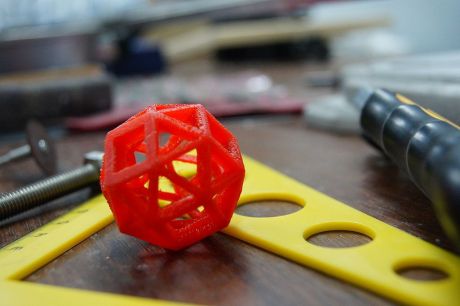Bioprinting aims to produce real 3D living structures with bioinks. Bioinks are a combination of living biological cells, biopolymers, chemicals and biomolecules designed for the targeted tissue or organ. Possible applications range from medical studies without animals such as drug screening and wound healing to stem cell incubators.
The EU-funded BIO-MAPS (Bio-mimetic multi-functional active porous structures) project has worked to make this a reality by developing necessary mathematical foundations and geometric computational algorithms.
The researchers first optimally designed multi-material scaffolds, porous structures used for supporting cells, with bioactive molecules. A new design methodology was developed to relate tissue growth to the design of scaffold. Based on the biological and mechanical requirements, the internal micro-architecture of porous structures is also optimised.
Guided by a computer model, a novel biofabrication process fabricates pre-designed multifunctional active porous structures. Biodegradable materials embedded with active biomolecules were tailored to the function of the structure. For further variation in the 3D structure, cell migration into the scaffold was tested in vitro to optimise the results.
Research deliverables could be used for active implants, tissue or organ substitutes, and micro-scale biosensors in many new applications in medicine and biomedical engineering. BIO-MAPS scientists have also created a significant knowledge platform in heterogeneous object modelling using computer-aided design, layered-based fabrication methodologies and biomaterials.

